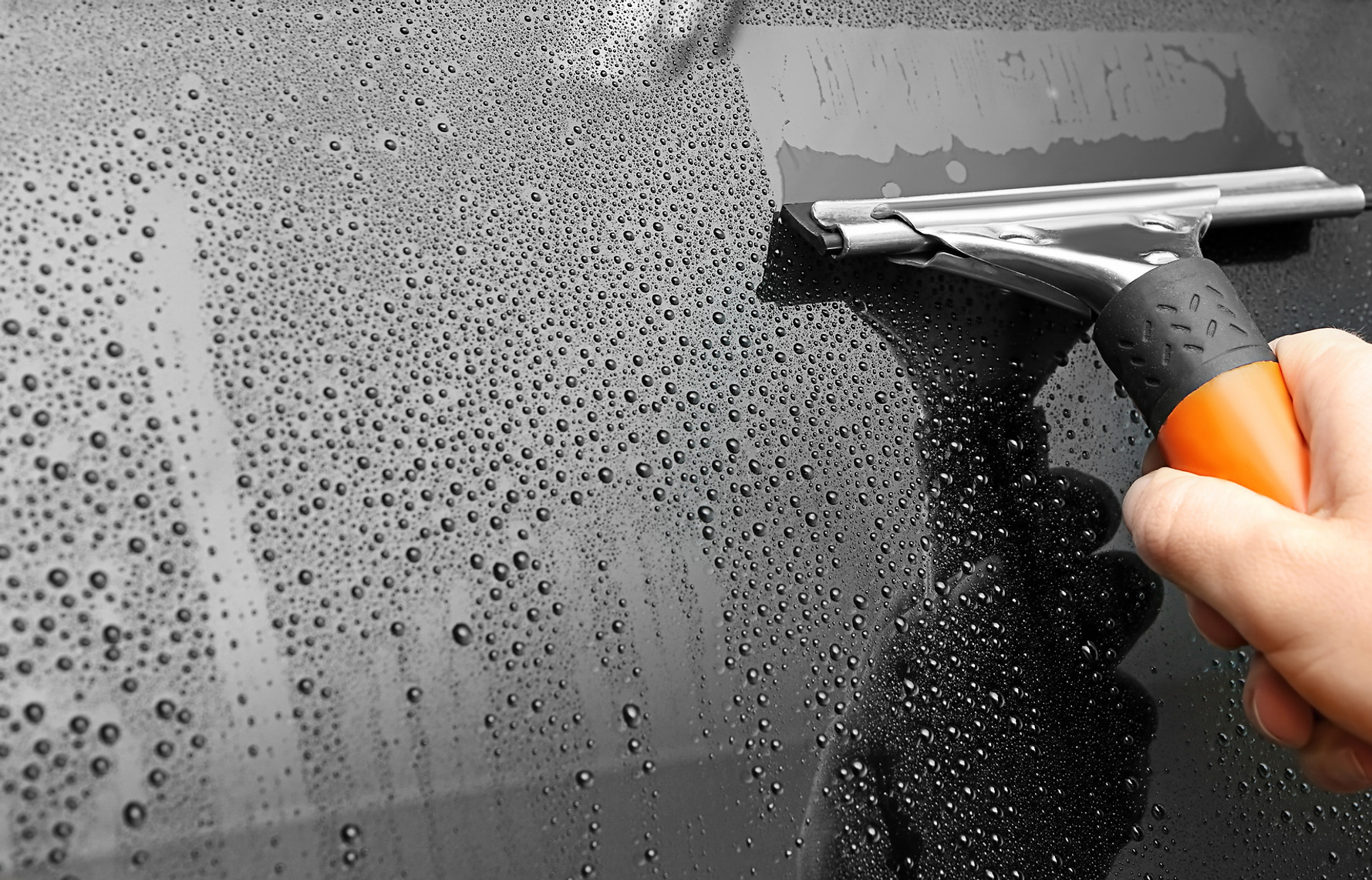

Not All Tints
Are Created Equal
There are multiple types of window tint, each offering different levels of performance
Dyed Film
This is an entry-level tint that offers basic privacy with minimal heat rejection. It’s the most affordable option but may fade over time and doesn’t block much infrared heat.
Metalized Film:
Made with tiny metallic particles, this film reflects heat and adds strength to your windows. It’s more durable than dyed film, but it can interfere with GPS, radio, and phone signals due to its metal content.
Carbon Film:
Carbon tint features a dark, matte finish and provides excellent heat rejection without signal interference. It’s a great balance between performance and appearance, making it a popular mid-range choice.
Ceramic Film:
The highest-performing tint on the market. Ceramic film offers outstanding clarity, blocks up to 99% of UV rays, and provides top-tier heat rejection — all without affecting your signals. It’s ideal for those who want premium protection and performance.
Not sure which one is right for your car?
We’re here to help. Contact us today for expert advice and mobile installation across Los Angeles.
Our Window Film Options:
Pro Nano Ceramic
C2 Carbon
Visible Light Transmission (VLT): 5%
UV Rejection: 99%
TSER (Heat Rejection): 65%
Glare Reduction: 94%
Best For: Maximum heat and glare reduction
Notes: Deep black look, best for full privacy
Legal Status: Not legal for front windows in most states
Visible Light Transmission (VLT): 20%
UV Rejection: 99%
TSER (Heat Rejection): 62%
Glare Reduction: 79%
Best For: Rear and back-side windows
Notes: Dark appearance, great for privacy and heat rejection
Legal Status: Not legal for front windows in most states
Visible Light Transmission (VLT): 35%
UV Rejection: 99%
TSER (Heat Rejection): 58%
Glare Reduction: 56%
Best For: Balanced visibility and privacy
Notes: Often used on front side windows where legal
Legal Status: Check local laws for front window use
Visible Light Transmission (VLT): 50%
UV Rejection: 99%
TSER (Heat Rejection): 53%
Glare Reduction: 35%
Best For: Drivers who want heat protection without dark tint
Notes: Lighter appearance with solid heat rejection
Legal Status: Legal in most states for front windows
Visible Light Transmission (VLT): 70%
UV Rejection: 99%
TSER (Heat Rejection): 48%
Glare Reduction: 17%
Best For: Windshields or legal front tinting
Notes: Reduces heat and UV without darkening
Legal Status: Legal for front windows in most states
05% VLT
20% VLT
50% VLT
35% VLT
70% VLT
Visible Light Transmission (VLT): 5%
UV Rejection: 97%
TSER (Heat Rejection): 60%
Glare Reduction: 94%
Best For: Full privacy and max heat rejection
Notes: Deep tint, limo-style dark look
Legal Status: Not legal for front windows in most states
Visible Light Transmission (VLT): 20%
UV Rejection: 97%
TSER (Heat Rejection): 58%
Glare Reduction: 79%
Best For: Rear or back windows
Notes: Excellent for privacy and heat control
Legal Status: Not legal for front windows in most states
Visible Light Transmission (VLT): 35%
UV Rejection: 97%
TSER (Heat Rejection): 54%
Glare Reduction: 56%
Best For: All-around use with balanced visibility
Notes: Great for side windows where legal
Legal Status: Check local laws for front window use
Visible Light Transmission (VLT): 50%
UV Rejection: 97%
TSER (Heat Rejection): 50%
Glare Reduction: 35%
Best For: Subtle tint with noticeable heat protection
Notes: Light appearance with UV and heat protection
Legal Status: Legal for front windows in most states
05% VLT
20% VLT
50% VLT
35% VLT
Mobile service available across Los Angeles.

Before & After: What You Need to Know
Before We Arrive
• Wash your car if possible
• Remove any personal items or clutter near the car
•. Park in a shaded, accessible spot
After Installation
• Keep windows rolled up for 3–5 days
• Avoid cleaning the inside of the glass for at least 7 days
• Only use ammonia-free glass cleaners
• Refrain from using the rear defroster at least for one week


